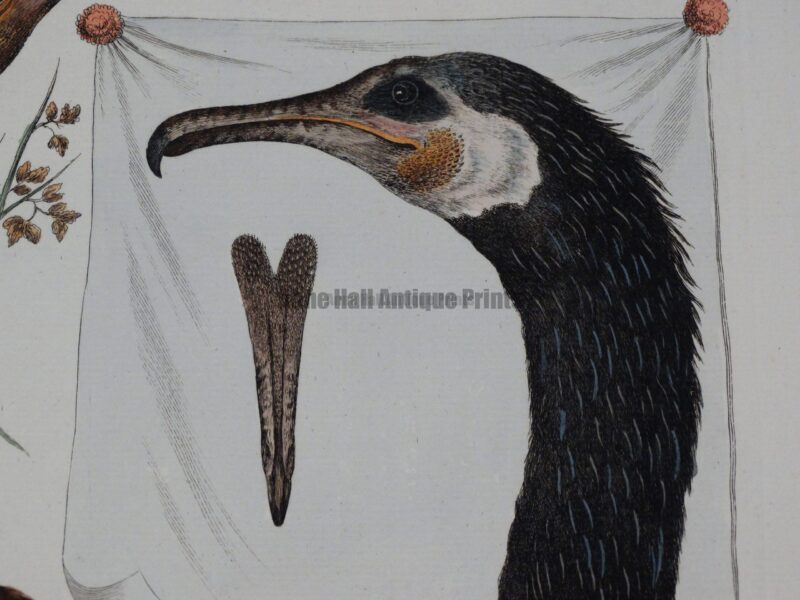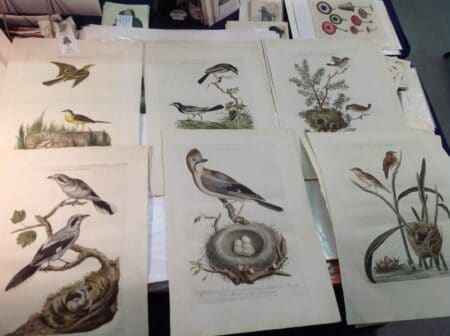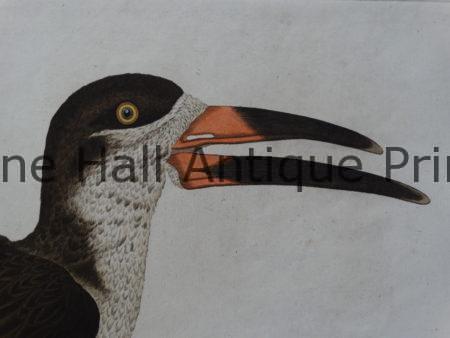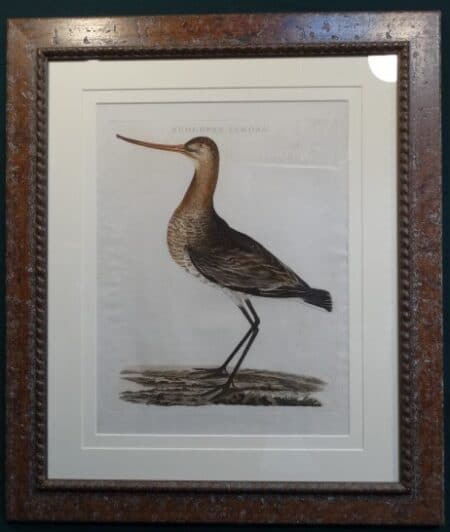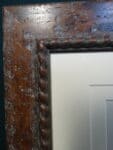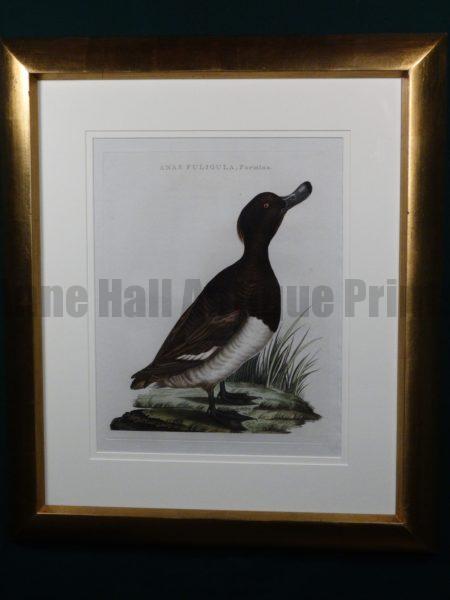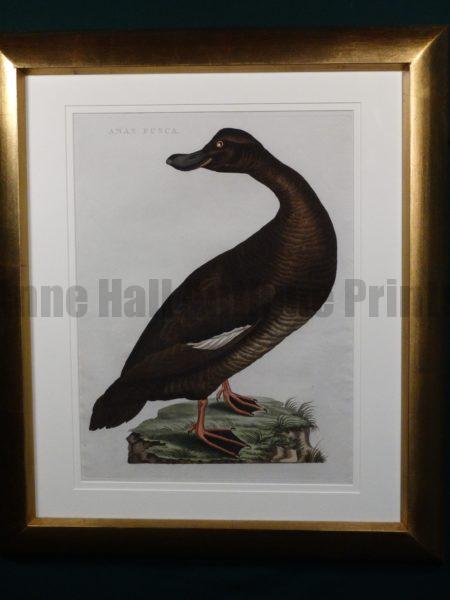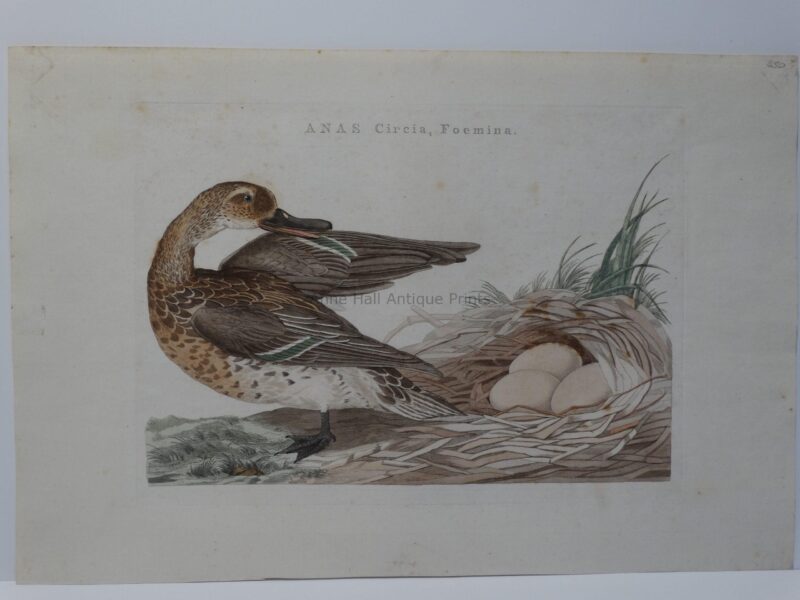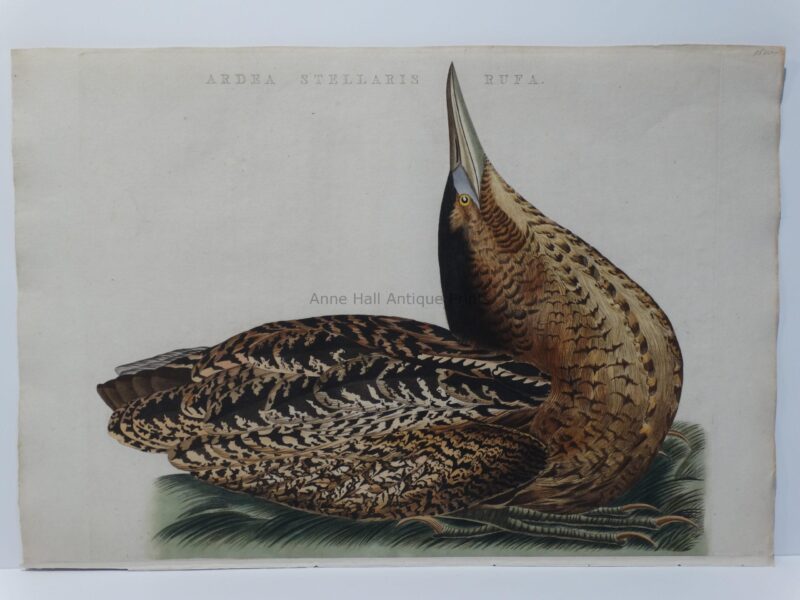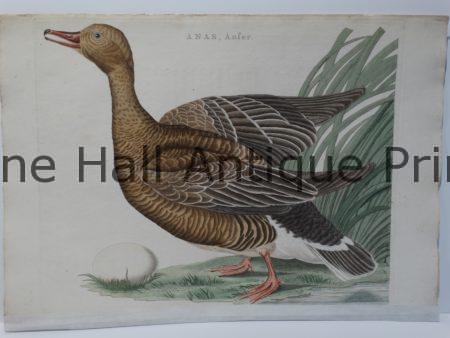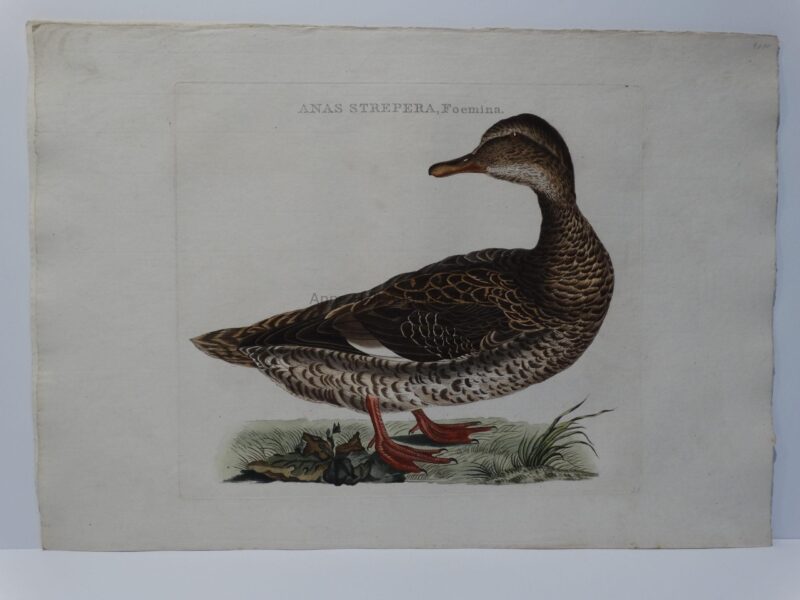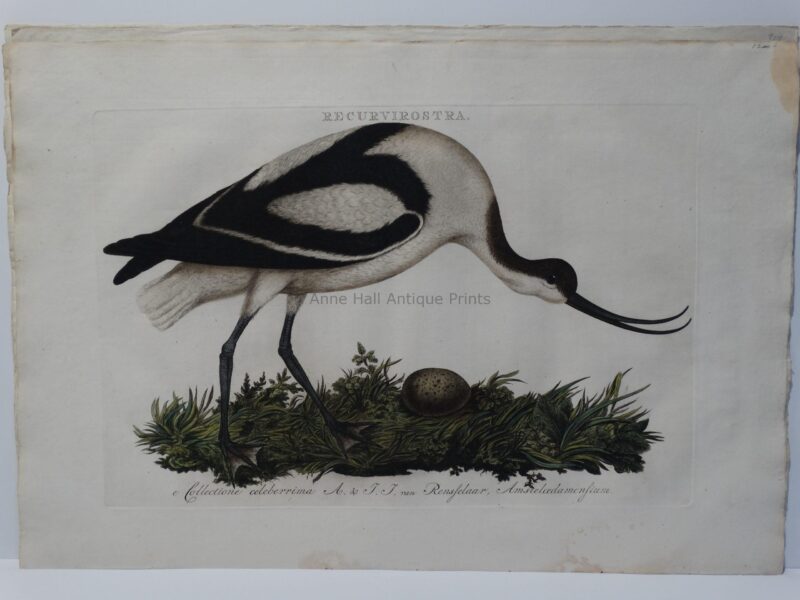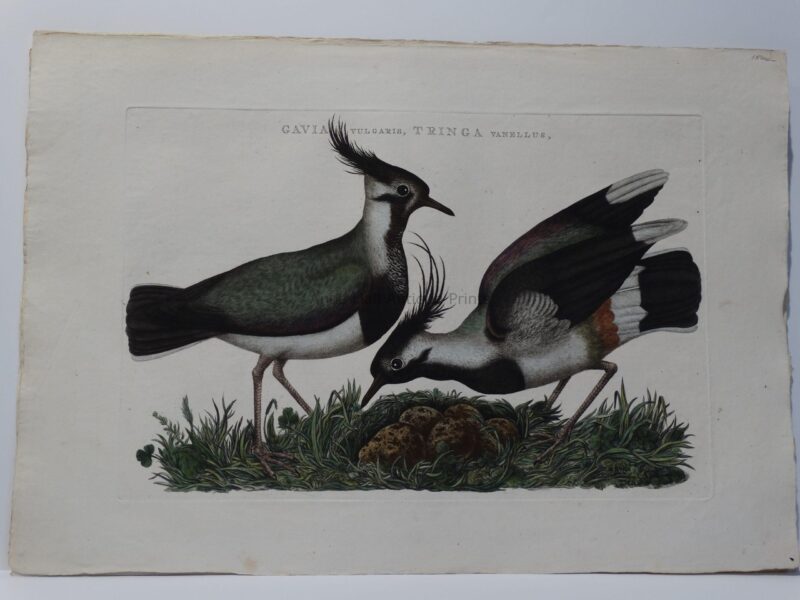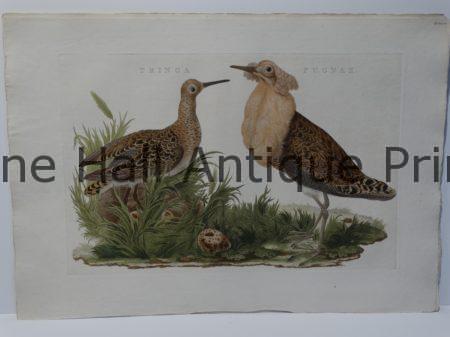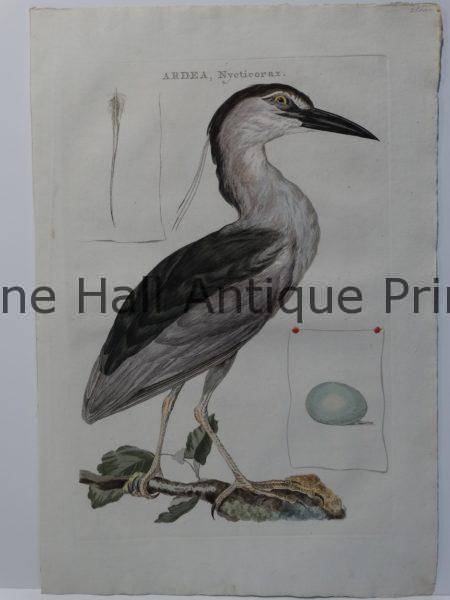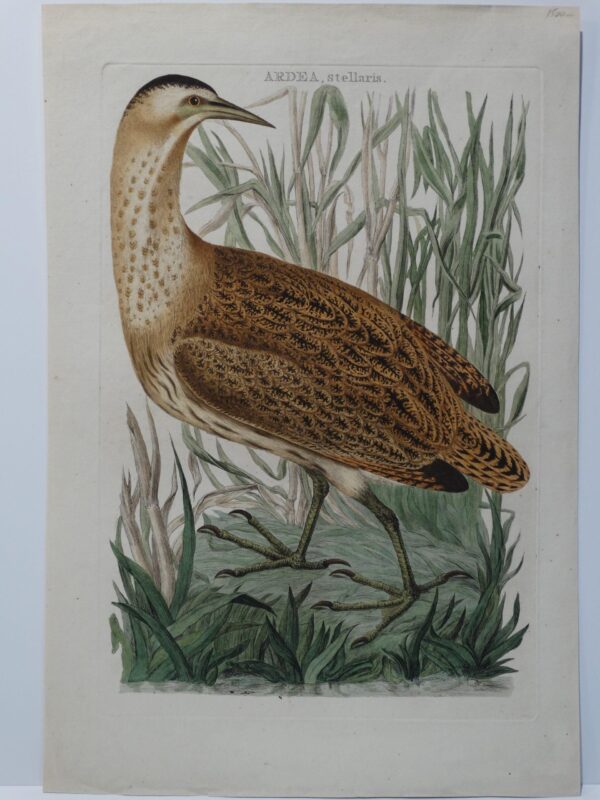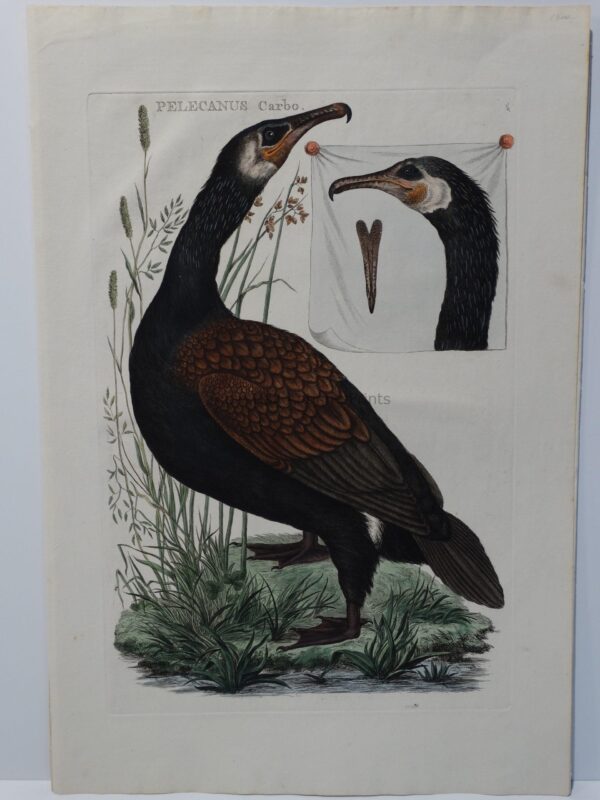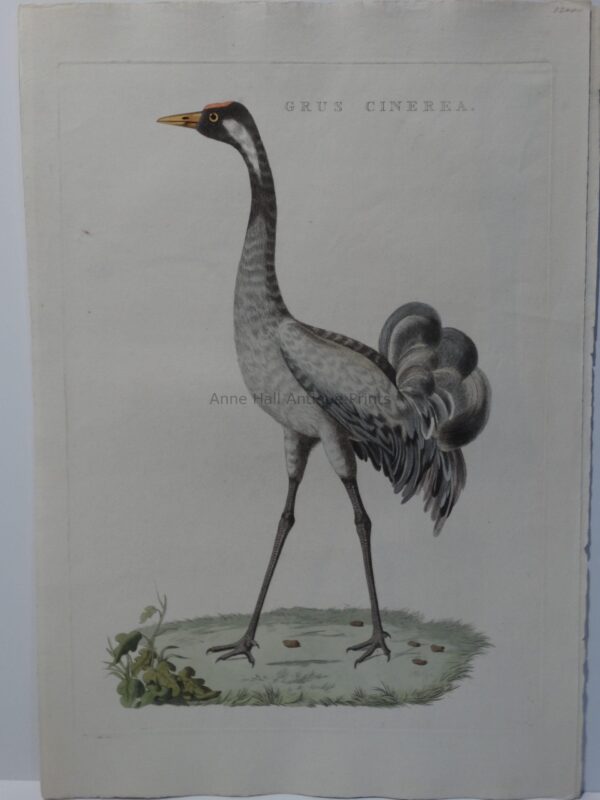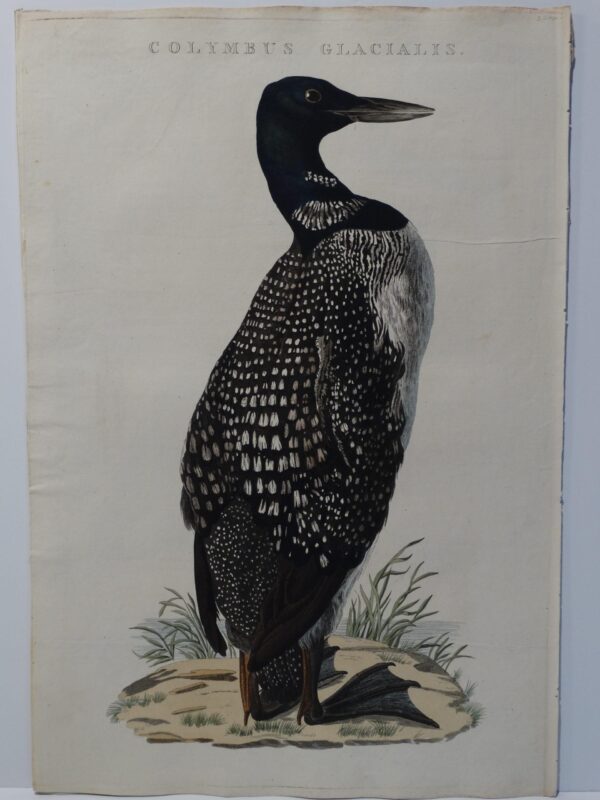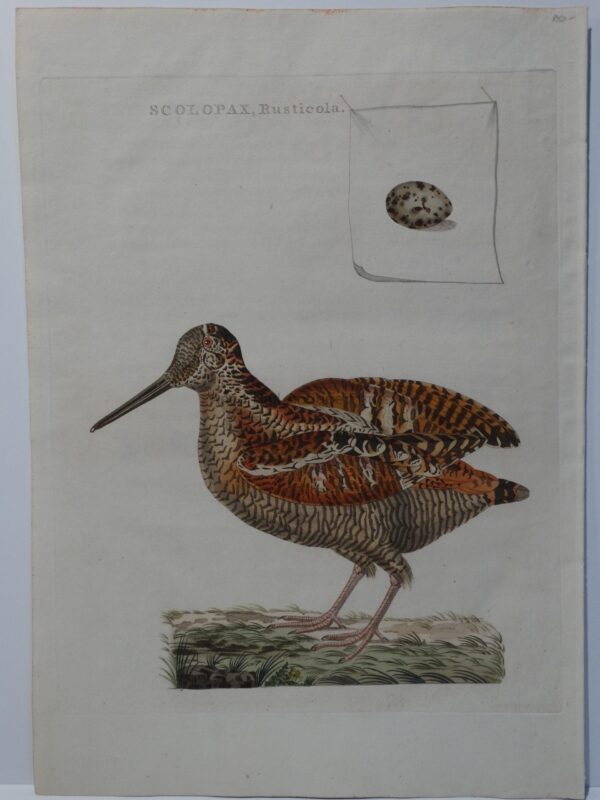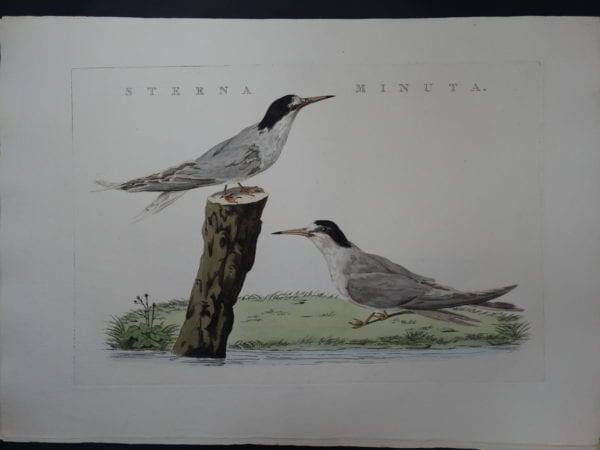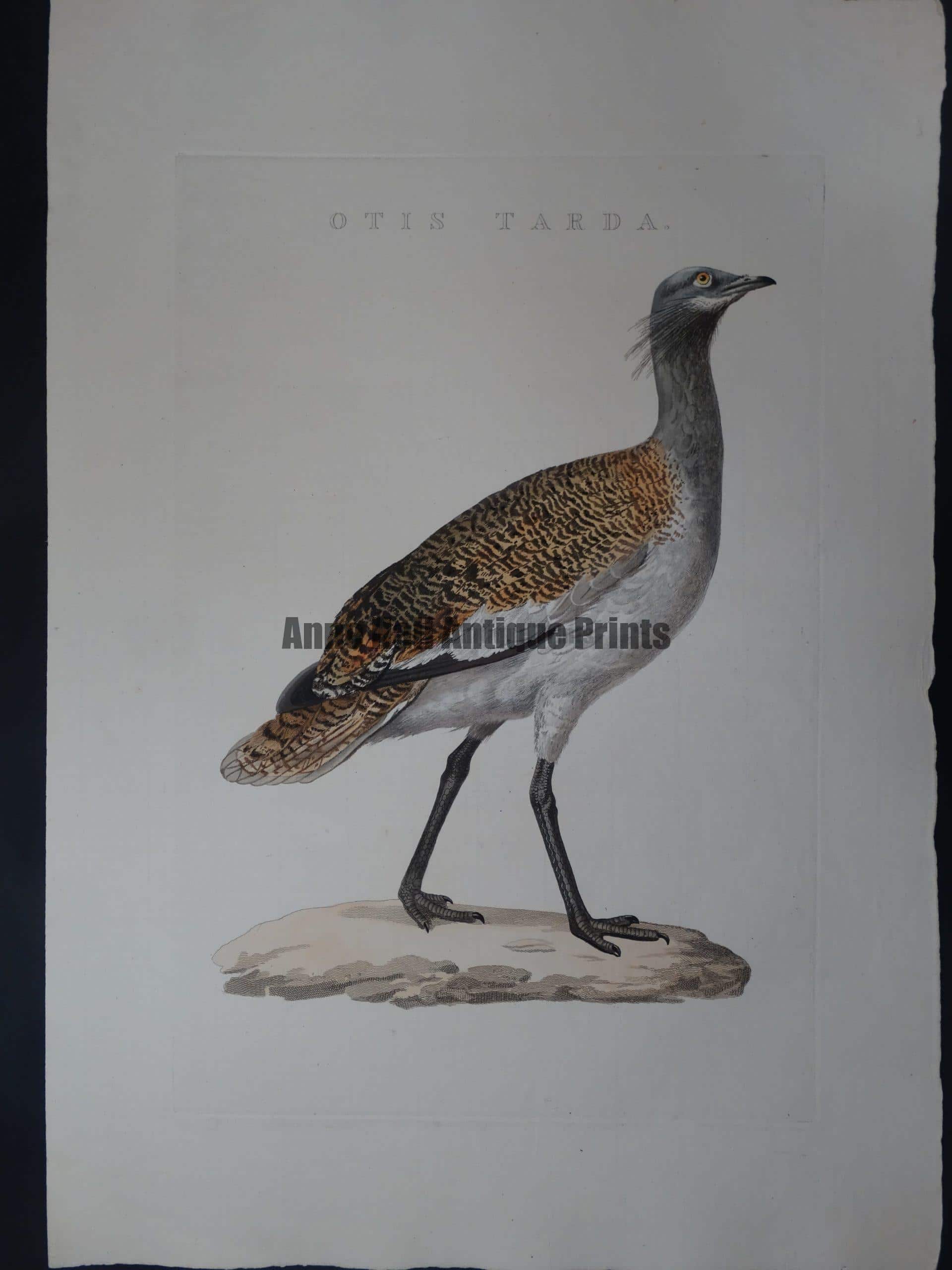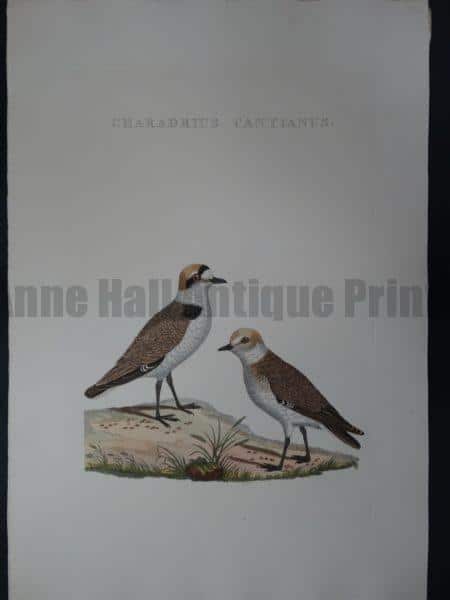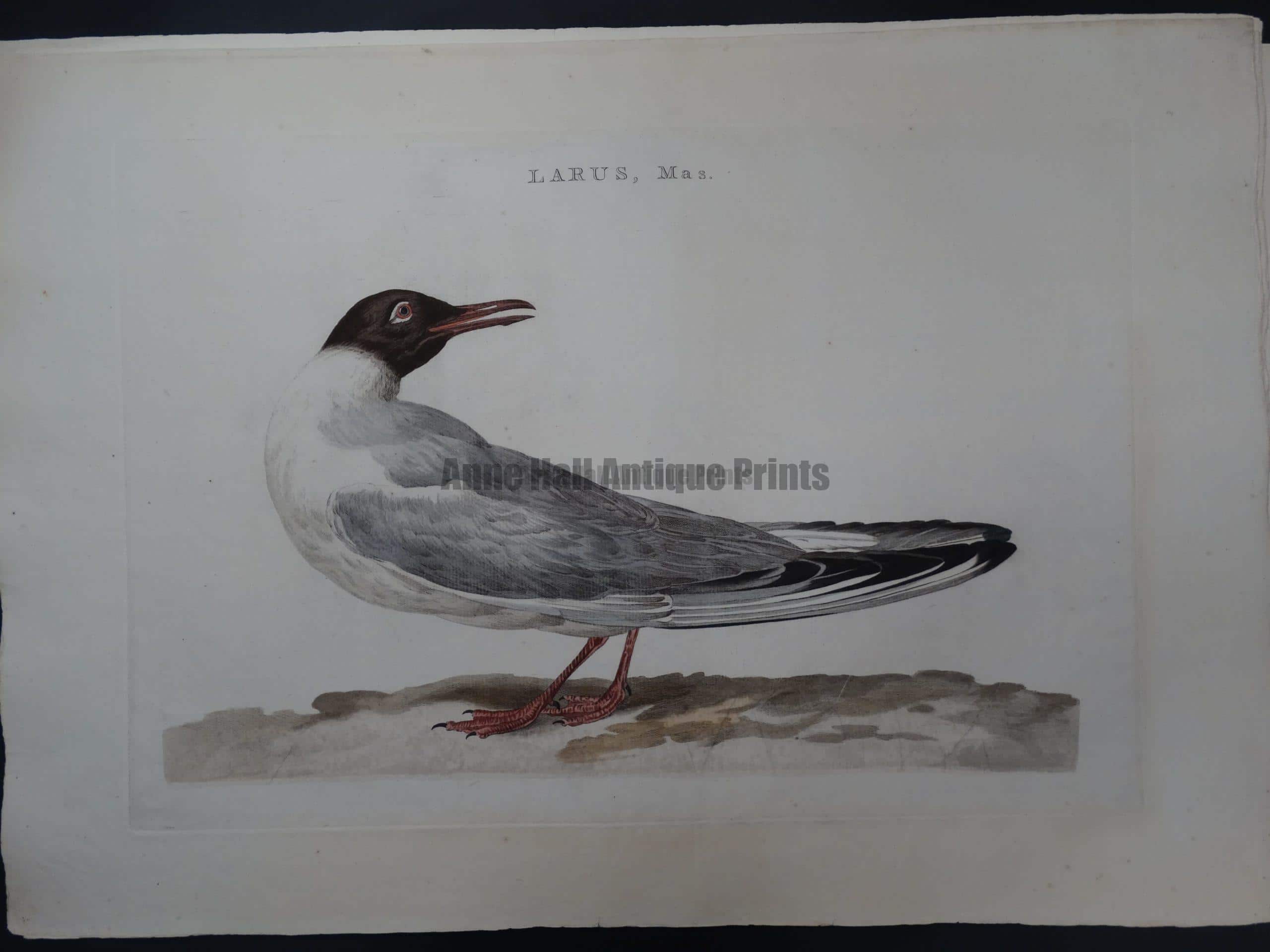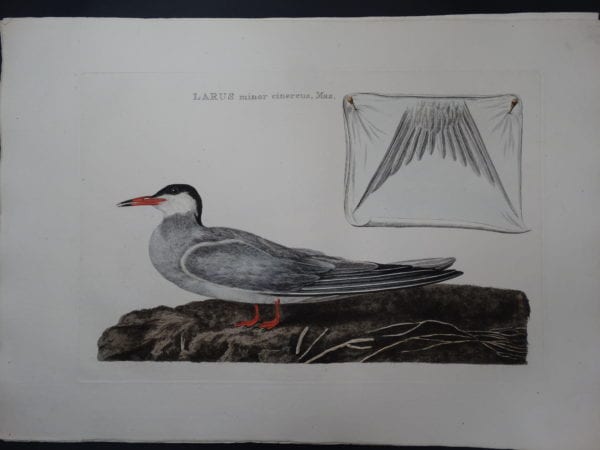Cornelius Nozeman bird prints. Nederlandsche Vogelen is known as the finest bird book the Dutch produced on ornithology and the authors were Cornelius Nozeman, Christian Sepp, Janus Sepp and Martin Houttyun. Published in the Netherlands from 1770-1829 and issued in parts, the entire series took an astonishing 59 years to complete.
Bring the ocean into your home with outstanding antique art.
These antique engravings are sourced from Nederlandsche Vogelen. The books are the definitive work by the Dutch on the ornithology of the Netherlands. Including the Dutch Antilles. Published from 1770 through 1829. It took some 59 years to complete and tremendous lifelong efforts.
When hanging the trio the birds flank nest. With the nest in the middle the trio will hang on a 9′ wall perfectly. Each engraving is highly detailed. The watercolors are superb. Excellent condition. Framed using archival materials. Solid wood pitted picture framing. Single nest is double folio sized. This means it is twice the size of the waterbirds. Sold as a set of three. Birds measure 26×30″ Nest measures 30×36″. Call 413-245-4197 for pricing or email oldprint@verizon.net.
Imagine these antique duck engravings by Nozeman-Sepp on your wall.
Imagine this incredible set of rare duck engravings on your wall! They came from the finest work on birds ever published by the Dutch: Nederlandsche Vogelen. Our exquisite antique duck engravings have intense original water coloring which was added when the engravings were published. Authored by 4 Dutchmen: Cornelius Nozeman, Martinus Houttyun Jan Sepp and his father Christian Sepp. Exquisite frame jobs in which Anne used archival materials including double rag matting, UV glass and other museum grade materials. Each old print measures 15×21.5″ while each framed piece measures 26×30.” Purchase as a trio for $4500. Call Anne 413-245-4197 for personal service.
Nozeman Bird Prints from Nederlandsche Vogelen or the Birds of the Netherlands.
The Nozeman Bird prints came from Nederlandsche Vogelen which was published from 1770-1829. Authored by Cornilius Nozeman, Jan Sepp & Christian Sepp and Martinus Houttuyn. Hand colored copper engravings, hand made laid rag. These are large folio hand colored copper engravings, hand made laid rag. Published from 1770 to 1829. These antique engravings come from the finest work on birds published by the Dutch. Theses are water birds, favorite shore birds…
The following Nozeman bird prints & water birds are available:
These Rare Bird Engravings took an amazing 59 years to publish!
These magnificent antique bird engravings are the work of Cornelius Nozeman, Christian Sepp and Martinus Houttyn. Commonly referred to as “Nozeman Birds.” These authentic antique prints were published from 1779-1820. It took an amazing 59 years to complete this laborious work on Birds of the Netherlands. During that period, the Dutch colonized areas all over the world, so birds seen in those areas were included as well. These magnificent antiques are hand colored copper plate engravings which were printed onto hand made, hand laid rag paper and furthermore illuminated after printing. Nederlandsche Vogelen translates to the Birds of the Netherlands.
Authors of Nederlandsche Vogelen:
Cornelius Nozeman (1721-1786) was a Dutch minister and ornithologist and wrote the text for the first two volumes.
Martinus Houttuyn -1798) little is known about this contributor.
Christian Sepp -1775) was a world know engraver and artist. His plates were etched & engraved by himself.
Jan Christian Sepp was the son of Christian, a naturalist, engraver and bookseller who finalized the work in 1829.
18th century craftsmen published Nederlandsche Vogelen.
A laborious craft of all those involved in producing something like these magnificent Nozeman bird prints. First, to find, acquire and identify the species. Second… the illustrations had to be meticulously drawn, with only the best accuracy.
The paper was hard to acquire. Just making paper during the 18th Century required tremendous skill. A learned lifetime craft. Paper was made of rag right up through the turn of the 20th Century. Coming from linen, flax, etc, NOT TREES, there was no acid in the paper. Very expensive to acquire, inconsistent, etc. but has the ability to survive many Centuries.
LATER the image would be transferred onto a copper plate and engraved with burins, another life skill. The engraver would have to re engrave another plate after just 300 strikes. Then there was illumination. Water colorists would die at young ages, due to licking tips of their paint brushes.
Popularity of publications depended on how many sets or subscriptions the publisher could sell. Perhaps a set like these rare bird engravings would only be acquired by the wealthiest universities, clergy, noblemen, doctors and solicitors.
Click here to contact us about these and other Nozeman bird prints.

